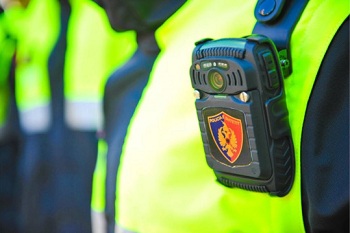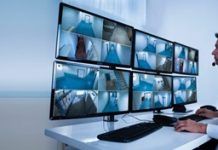While the use of body cameras has been hailed by law enforcement officials and lawmakers across the country as a way of reducing police use-of-force as well as assaults against police officers, the results of a new study conducted by researchers at the University of Cambridge and RAND Europe reveal that the opposite may be true.
In fact, according to the study, which examined eight police forces in both the U.K. and U.S., assaults against officers were 15 percent higher when body cameras were worn. In addition, researchers also found that on average across all officer-hours studied, the rate of use-of-force by police on citizens was unchanged by the presence of body-worn cameras, however, this changed depending upon whether or not officers chose to keep cameras on. If officers turned cameras on and off during their shift then use-of-force actually increased but use-of-force incidents decreased among officers who kept their cameras rolling during their entire shift.
The researchers who conducted the study believe the increased assaults against officers wearing body cameras could be attributed to several factors. One could be that because the assaults are caught on camera, officers now have the impetus and/or feel more confident in reporting them. The other theory posited by researchers is that the presence of the cameras may make officers less assertive and more vulnerable to assault.
Although the researchers established a protocol for officers given cameras during the trials to record all stages of their interactions with the public and to issue a warning of filming at the outset, many officers used their own discretion and activated cameras depending on the situation. During shifts in which officers stuck with the protocol, police use-of-force fell by 37 percent over camera-free shifts. During shifts in which officers used their own discretion, police use-of-force rose 71 percent over camera-free shifts.
The study examined the shift patterns of more than 2,100 participating officers across the different forces which were split at random between those allocated a camera and those without a camera. A total of 2.2 million officer-hours policing a total population of more than two million citizens were covered in the study.








